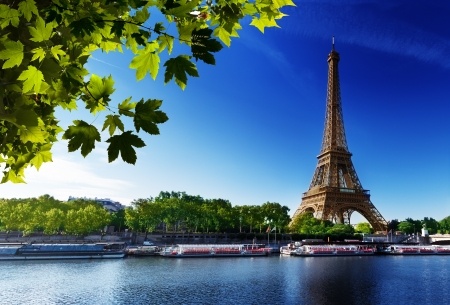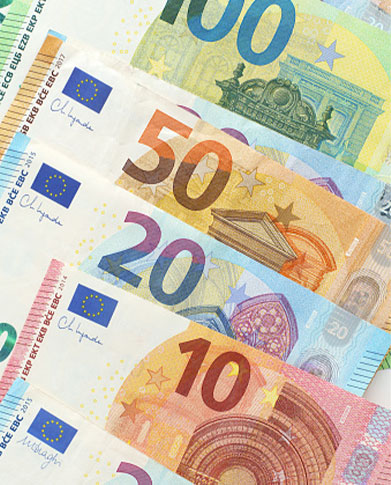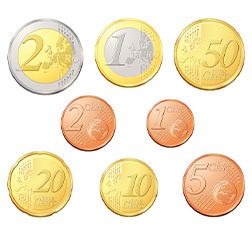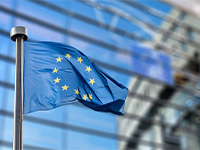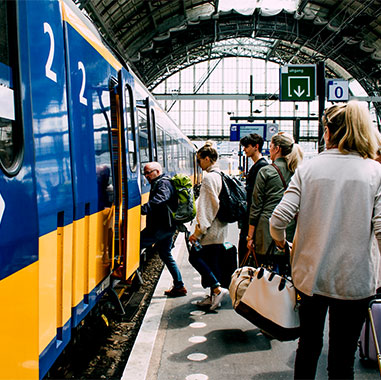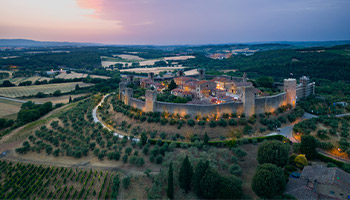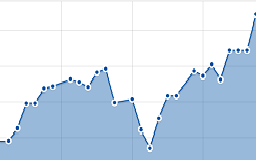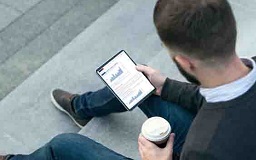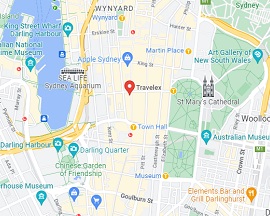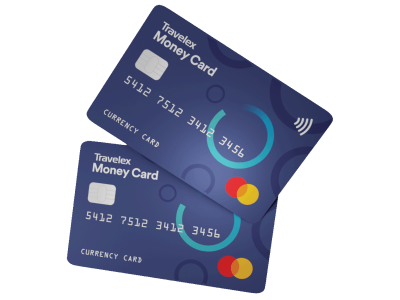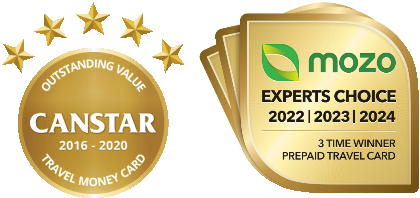- Perfect for: Tipping, taxis, small shops & local markets.
- Pros: Universally accepted, handy in rural areas.
- Cons: Harder to track spending, not as secure.
Why use foreign cash?
- Cash (both euro and otherwise) is flexible and is accepted in every country in Europe.
- Cash is more commonly used in rural areas and small shops. Carry some local currency so you don’t miss out on cash-only experiences like taxis or local tours.
- Tipping is common in Europe, and is not often included as part of the bill.
Things to consider:
- Carrying large amounts of cash may be unsafe in Europe, especially in touristy areas where there is a higher crime rate.
- It may be harder to keep track of your spending with cash, making budgeting difficult.
- Perfect for: Safer travel with locked-in exchange rates.
- Pros: Reloadable, holds multiple currencies, fast replacements if lost.
- Cons: Top-ups may take a few days, some ATM fees may apply.
Why use a prepaid travel card?
- Travel money cards allow you to load multiple currencies. This may be convenient when travelling Europe, as not every country uses the euro.
- Prepaid travel cards provide you with some security when travelling, as they are easy to replace if lost or stolen. You can also order two when purchasing, so you have a backup card with you.
- Lock in your exchange rate at your time of purchase to avoid any hidden costs.*
Things to consider:
- There may be local ATM fees when taking cash out of your travel money card.
- If you run out of cash on your card, it may take a few days for any additional money you top up with to appear on your card.
Discover how you can explore Europe with ease with our 5* award-winning Travelex Money Card!
- Perfect for: Hotel deposits, emergency back-up.
- Pros: Convenient, widely accepted.
- Cons: Foreign transaction fees, less accepted in small venues.
Why use a debit or credit card?
- Credit and debit cards are generally widely accepted in Europe, with Visa and Mastercard being the most popular.
- You can use for hotel and other deposits without affecting your holiday spending allocation.
Things to consider:
- Higher commissions paid by merchants to credit card companies mean that smaller businesses prefer cash payments.
- There may be minimum amounts required to spend on cards in stores.
- Transaction fees for paying with bank cards can be high in Europe. These can be anywhere from 2-5% of your purchase.
